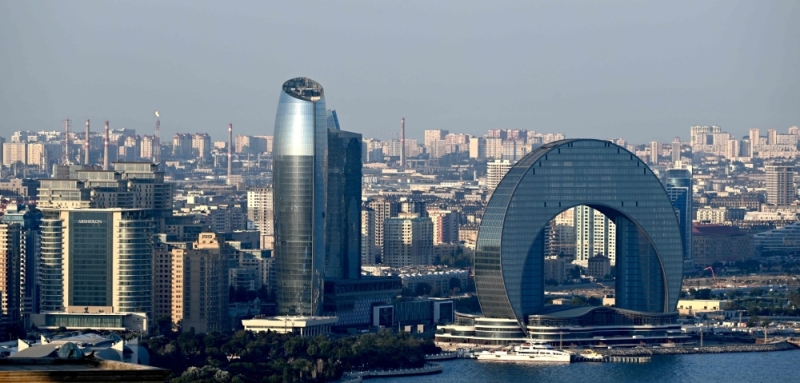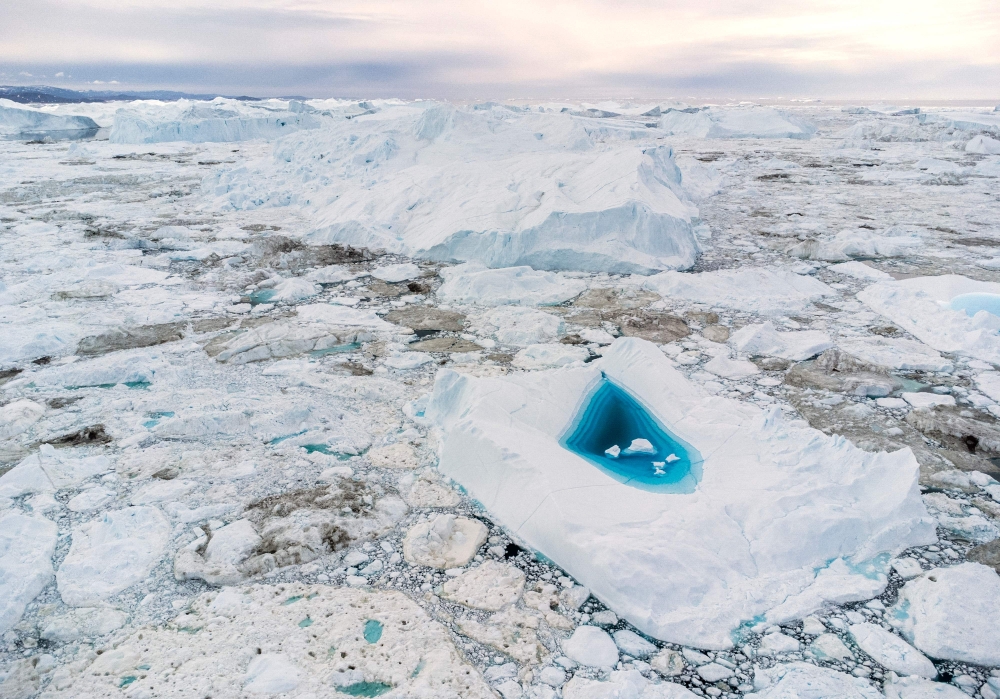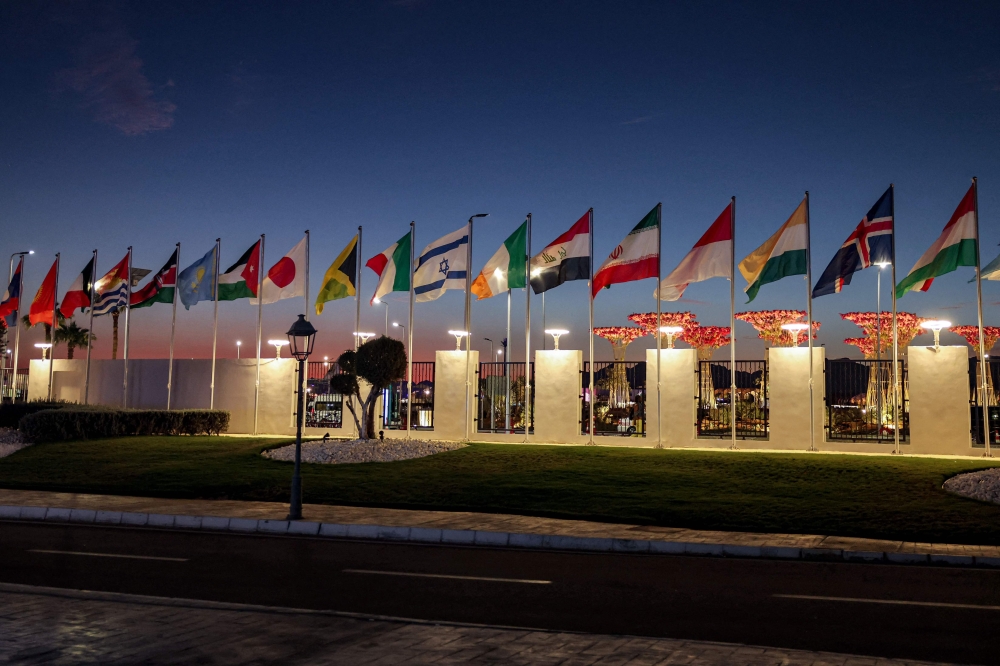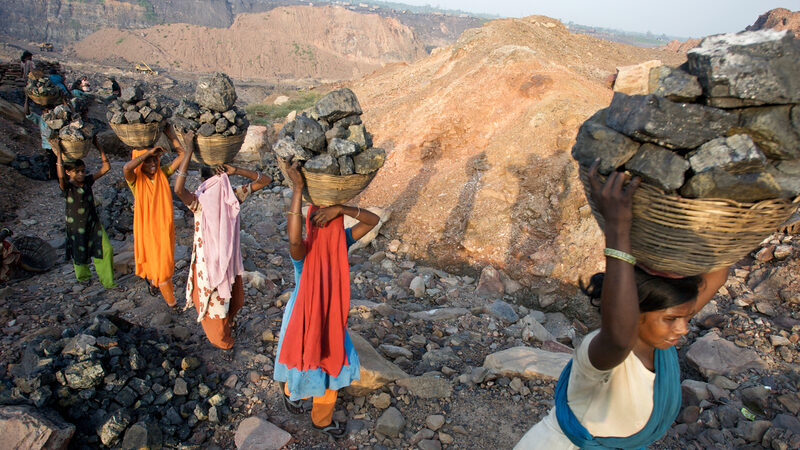Ahead of COP16, groups warn of rights abuses linked to ‘30×30’ goal
Aimee Gabay
18 Sep 2024

In October, Indigenous leaders, government representatives, scientists and activists will meet at COP16, the U.N. Biodiversity Conference, in Colombia, where discussions on plans to expand protected area coverage are expected to take center stage.
The 30 by 30 goal, which calls for 30% of Earth’s land and sea to be conserved by 2030, continues to be criticized by several human rights organizations who say its lack of clarity on where and how to expand protected areas may result in human rights abuses and forced evictions.
Advocates say the COP16 discussions should include clear indicators to track respect of human rights and integrate locally led conservation initiatives that fit within the sociocultural context of each country, rather than top-down approaches.
Two years since global policymakers agreed on the concept of protecting 30% of the world’s land and waters by 2030, there’s still little clarity on how achieving this goal will impact Indigenous communities who safeguard some of the most biodiverse areas on Earth.
In October this year, government representatives are set to meet at the U.N. Biodiversity Conference (COP16) in Colombia to talk about their plans to implement the so-called 30 by 30 target and other goals under the 2022 Kunming-Montreal Global Biodiversity Framework.
But although the framework calls on states to recognize and respect Indigenous rights and territories, experts and advocacy groups such as Minority Rights Group (MRG), Survival International and Amnesty International say the lack of clarity on the logistics of the 30 by 30 goal makes it prone to conflict. And if implemented poorly, it could result in millions of people being evicted from their ancestral territories.
“Around the globe, protected areas have led to widespread evictions, hunger, ill health and human rights violations,” Stefania Carrer, a litigation and advocacy officer at MRG, told Mongabay. “MRG is concerned that the push to achieve the 30 by 30 target will result in an increase of fortress conservation projects worldwide, inevitably leading to more of these grievous rights violations.”
For now, efforts to protect lands by evicting communities persist despite wording in the biodiversity agreement to “recognize Indigenous and traditional territories,” “respect the rights of Indigenous peoples and local communities,” and explore inclusive other effective area-based conservation measures (OECMs).
One high-profile case of an Indigenous community being evicted from a protected area is that of the Maasai in northern Tanzania. In August 2024, hundreds of Maasai organized a protest against their forced eviction from their ancestral lands in what’s now the Ngorongoro Conservation Area and the denial of their rights. Citing reasons of conservation, local authorities have destroyed thousands of Maasai homes in recent years, leaving 20,000 Maasai homeless, according to an Oakland Institute report.
“They are doing all this to the Maasai communities because they want to push people out and give the wildlife priority, and the only way to do that is to prevent Maasai people from grazing so these areas are just for wildlife,” one Maasai leader who requested anonymity due to fear of reprisals told Mongabay.
In Kenya’s Mau Forest, the government began demolishing homes and evicting members of the Ogiek community at the end of 2023. This came despite two rulings by the African Court on Human and People’s Rights recognizing Ogiek land rights and calling for their collective land titles.
A new report by the Oakland Institute highlights some of the social implications of protected area expansion that fail to recognize human and Indigenous rights. In the Democratic Republic of Congo, Indigenous Batwa peoples have been subjected to violent abuse by rangers and military personnel when they sought to return to ancestral lands slated for forest and wildlife conservation. The issue, researchers say, is the government’s militarized approach to conservation that focused on the creation of “people-free wilderness” areas.
Frederic Mousseau, the institute’s policy director and coordinator of the research team behind the report, told Mongabay that drastic measures to combat the destruction of biodiversity and the climate crisis are “certainly welcome.” However, he said, “the current practices of the conservation industry [are] a major threat [to] the livelihood and the basic human rights of the people who are least responsible for biodiversity loss and climate impacts.”
In the Oakland Institute report, the authors say that national measures taken to address the issues associated with protected area expansion have been inadequate in countries like the DRC.
Many governments still reject and mistrust the idea of Indigenous peoples having ownership and governance rights over lands in biodiversity hotspots while also being able to meet the other conservation targets. Though nations may put in place or celebrate initiatives of inclusive community conservation, the reality on the ground is much different, rights groups say

One issue experts say can lead to human rights abuses and conflict is the lack of clarity in the 30 by 30 goal on where and how to expand protected areas. Although the text of the biodiversity framework is explicit about the need for equitable outcomes and recognition of Indigenous and traditional territories, the goal itself is “quite vague” and “there are multiple different ways in which it could be implemented, with very different social implications,” according to Chris Sandbrook, professor of conservation and society at Cambridge University in the U.K.
A study published earlier this year warns that an overemphasis on easily quantifiable targets, such as percentage of surface area, hinders attention to other elements of conservation policy, such as human rights, the inclusion of communities, and equitable management. Too much attention is paid to the “how much to conserve” and not enough on the “how to conserve,” the study says.
“I have real concerns about risks to people living in those areas,” Sandbrook told Mongabay, “but I also admire the language of the target and see it as an opportunity to flip the narrative around area-based conservation to one that is first and foremost about the rights of local residents rather than being about saving species.”
However, this takes a lot of time and resources. The creation of governance structures, such as legal frameworks, that enable successful locally led conservation initiatives is crucial, and these need to fit with the particular sociocultural conditions in each country, he said.
The design of locally relevant indicators to measure progress remains a challenge around the world as it’s much harder to quantify the achievement of targets like human rights, social impacts and local participation, said Malena Oliva, a researcher at the National Autonomous University of Mexico (UNAM) and lead author of the study. For example, indicators related to Indigenous peoples include trends in the practice of traditional occupations, respect for traditional knowledge, and land use changes.
According to Carrer at MRG, conservation experts and decision-makers should ensure that the monitoring framework adopted to track progress toward the 30 by 30 goal and other biodiversity framework targets should include indicators on respecting human and Indigenous peoples’ rights by state parties.
“The respect for land and other connected rights must become a priority in the implementation and monitoring of the 30 by 30 goal,” she said.
For the Oakland Institute’s Mousseau, discussions so far have failed to address the many industrial forces that contribute to the destruction of biodiversity, such as industrial fishing, mining and logging. “We need to address the devastation caused,” he said. “We continue with all the exploitation and all these extractive industries with no word about them, and then on the side, we create protected areas. There’s this disconnect which is really shocking.”
Banner image: A Maasai cattle herder in Ngorongoro Conservation Area. Image by Albert Herbigneaux via Flickr (CC BY-NC-ND 2.0).
Citation:
Oliva, M. & García Frapolli, E. (2024). Conservation backfire: Local effects of international protected area policy. Environment Science & Policy, 153, 103676. doi:10.1016/j.envsci.2024.103676
Credits
Latoya AbuluEditor











